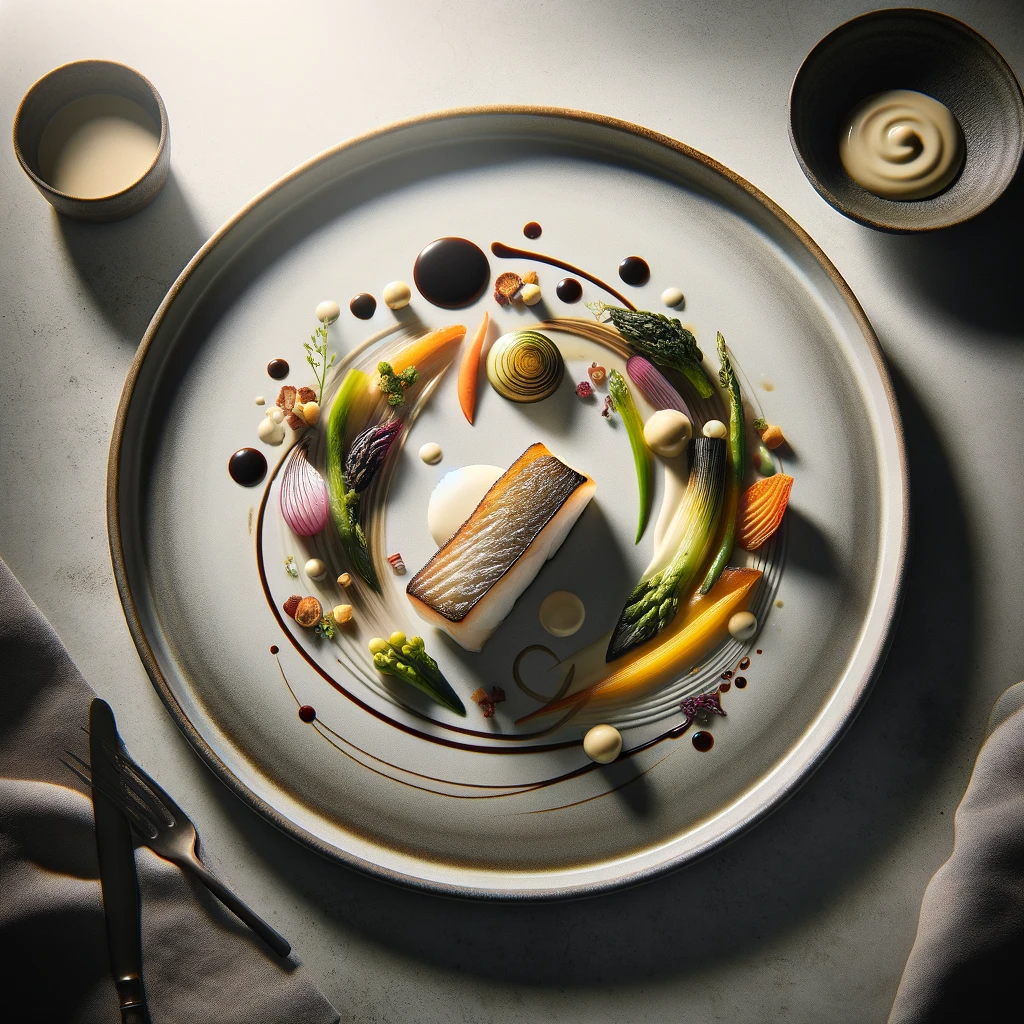Introduction
In the world of culinary arts, presentation is just as important as taste. The art of plating transforms a simple dish into a masterpiece that not only tantalizes the taste buds but also pleases the eye. One crucial element that plays a pivotal role in this art is ingredients. In this article, we will delve into the fascinating world of culinary presentation and explore how the choice and arrangement of ingredients can elevate a dish to a whole new level.
- Color Palette: When it comes to plating, the color palette is your canvas. Different ingredients bring various hues to the plate, creating a visually appealing composition. Vibrant and contrasting colors can make a dish pop, enticing diners to dig in. Consider pairing red tomatoes with green basil, or orange carrots with purple beets for a striking contrast.
- Texture Variation: Ingredients also influence the texture of a dish. A balance of crisp, crunchy, creamy, and tender elements can add depth to the eating experience. For instance, combining crispy bacon with silky mashed potatoes or tender poached eggs can create a delightful textural contrast.
- Shape and Size: The shape and size of ingredients determine the structure and symmetry of your plating. Think of ingredients as puzzle pieces that need to fit together harmoniously. Round items like cherry tomatoes can complement elongated asparagus spears, creating a visually pleasing arrangement.
- Seasonality and Freshness: Using seasonal ingredients not only ensures freshness but also connects your dish to a particular time of the year. Fresh, locally sourced ingredients not only taste better but also look more vibrant and appealing on the plate.
- Garnishes and Accents: Small details can make a big difference in plating. Fresh herbs, edible flowers, microgreens, and sauces can serve as accents that enhance the overall aesthetics of a dish. Sprinkle some chopped chives or drizzle a colorful sauce strategically to add a touch of elegance.
- Balance and Proportion: Achieving balance in plating is essential. Too much of one ingredient can overwhelm the plate, while too little can make it seem incomplete. Consider the proportion of each ingredient to ensure a visually pleasing and well-structured composition.
- Plate Selection: The choice of plate itself can impact how ingredients are presented. A white, minimalist plate can make colors pop, while a rustic, textured plate can add character and depth to your presentation. Match the plate to the style of your dish.
- Creativity and Innovation: Don’t be afraid to experiment and push the boundaries of traditional plating. Creative arrangements, such as stacking, layering, or using unconventional serving vessels, can showcase your unique style and culinary innovation.
Conclusion
In the culinary world, the art of plating is a captivating fusion of aesthetics and gastronomy. Ingredients are not mere components of a dish but the building blocks of a visual masterpiece. By paying attention to color, texture, shape, seasonality, garnishes, balance, plate selection, and a touch of creativity, you can elevate your plating game and create dishes that not only taste divine but also leave a lasting impression on your diners. So, go ahead and let your creativity shine as you master the art of plating with the magic of ingredients.
